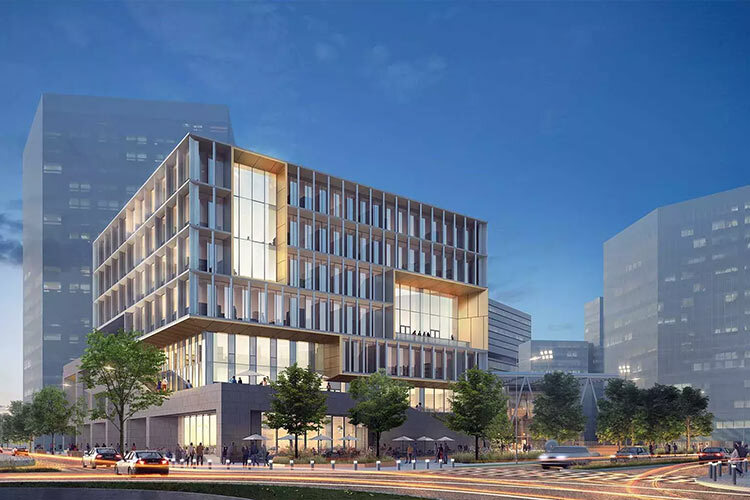World Habitat Day and World Architecture Day are celebrated on the first Monday of October, which gives us yet another opportunity to reflect on the current circumstances of our planet and our surroundings.
Every day, we realize how socio-ecological challenges are becoming more difficult and how our opportunities to address them are changing. We should therefore arm ourselves with new tools and values, which are the most powerful instruments we have for tackling these challenges.
As the challenges to our habitat become more complex, it becomes more difficult to find answers, which can no longer come solely from within the small boxes of our disciplines. This opens new vistas for architecture, whose motto of “creating the habitat” has the same raison d’être as always, leading us to think: What are the new responsibilities of architects (and our students)? What new commitments should the people who devote themselves to this discipline take on?
Above all, we should heed this observation: architecture is a discipline that (as elegant 20th-century architect Adolf Loos insisted) has a responsibility to act at different scales: from object to housing, neighborhood, and territory. So, from the outset, it would be incorrect to think of an architectural intervention without considering the responsibilities that this implies at other levels of our habitat: everything is connected.
And in this “all-connected” habitat, we should say that at the heart of architecture’s DNA lie two advantageous peculiarities which enable it to tackle these new complexities. The first, which was very clear to Vitruvius (1st century B.C.), is that we need to know a little of everything to practice architecture, and the second is that there can be no responsible architecture without in-depth understanding of a context’s most hidden characteristics. Perhaps the answer to modernity’s new responsibilities lies in these two elements: developing architecture that can hold a dialogue with different areas of knowledge and put them into practice, while coordinating these through multidisciplinary management, which can only be effective after having understood the idiosyncrasies of a specific habitat.
At the “Sustainable Territorial Development” Research Group. we see our commitment through these perspectives: we are aware that the knowledge of our discipline can be applied to complex situations, in which acting responsibly depends on facilitating participation, listening, and holding dialogue with several points of view, as well as contemplating the implications at all levels.
In a context that leaves no room for self-absorption, we are also aware that the knowledge of our discipline can also be improved to facilitate the implementation of solutions generated in other areas of knowledge.
Among these new challenges and the commitments that we must reconsider, our beautiful discipline guarantees us one certainty: architecture can do so much that, when well-executed, it can help us understand the past and reflect on the present, while capturing them both in the habitats of the future.
*The author is the Director of Research at Tec de Monterrey’s School of Architecture, Art, and Design.


















